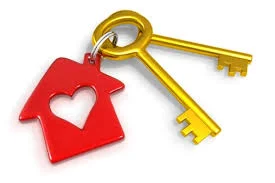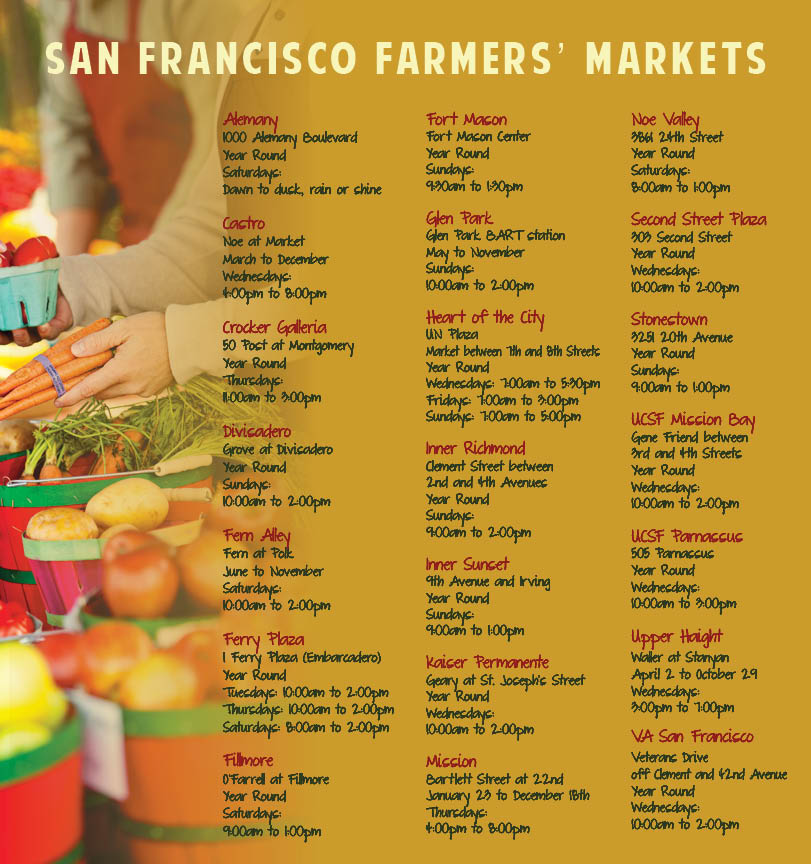After perhaps the most frenzied market since the gold rush this past spring, in this mid-year report, we’ll step back and look at the San Francisco homes market from a variety of angles. The market typically slows during the summer months due to vacations, family stuff and buyers being exhausted by the spring market. None of which necessarily means that summer might not be a good time to act, since whether buying or selling, one’s competition lessens during these months before the market picks up again in mid-September.
Springtime Market Dynamics
Why has spring seen such ferocious markets these past few years? Buyers have been jumping aggressively back into the market much earlier in the year and in much greater numbers than sellers, creating a fierce high-demand/low-supply dynamic that fosters competitive bidding. This chart tracks the median house sales price by quarter.

Though there is no doubt that this past spring saw significant jumps in home values, median sales prices are also affected by other factors besides straightforward increases in value, such as seasonality, inventory available to purchase, interest rates and surges in new construction sales and luxury home sales. (See the luxury sales chart later in this report.)
-------------------------------------------------------------------Market CyclesThis chart is a simplified, smoothed-out and very approximate look at real estate cycles in San Francisco, illustrating estimated
percentage changes in home prices from peak to bottom to peak. The years between these high/low points are depicted here as straight lines, which does not reflect the bumpy reality. This is from our article on underlying factors behind current market conditions (recently featured in the Chronicle business column, "The Bottom Line"):
Supply, Demand, Money and Demographics

And as a comparison to the simplified overview above, below is a look at actual average dollar-per-square-foot house values over the last 20 years in the northern Pacific Heights-Marina District of San Francisco. This very expensive area fell less in value than the city as a whole after the 2008 financial markets crash, and since the recovery began has surged well above its previous peak values of 2007.

-------------------------------------------------------------------
Sales Prices above List Prices
The large majority of SF home sales this past spring sold quickly, without price reductions and for over asking price. This chart breaks down, by neighborhood, the average percentage over list price those homes sold for: Historically speaking, these are astounding percentages. This statistic will also be affected if large numbers of agents adopt a strategy of underpricing their listings to artificially boost demand. Note that the South Beach-Yerba Buena-Mission Bay district has by far the most listings and sales in the city, and that relative abundance of inventory affects this statistic.

And this chart is an overview of San Francisco's trend on a month by month basis.

-------------------------------------------------------------------
Median Prices by Neighborhood
Comparative values for 3-4 bedroom houses and 2-bedroom condos with parking.


-------------------------------------------------------------------
San Francisco Luxury Home Market
This last spring saw the highest volume of SF luxury home sales in history. We just updated our report on this market segment, which was featured on KGO Radio and the front page of the Chronicle’s business section. Below are 2 charts, but the full report can be found here: Luxury Home Report


-------------------------------------------------------------------
Average Dollar per Square Foot
Comparative dollar per square foot values by neighborhood and property type.

-------------------------------------------------------------------
District Home Sales by Price Range
These are 2 of 14 charts in a full analysis of San Francisco home sales by price range, property type and neighborhood, which gives an idea of the actual sales behind overall median sales prices. The full report is here: District Sales Breakdowns


-------------------------------------------------------------------
Months Supply of Inventory, Average Days on Market
& Inventory-Level Trends
Several standard statistical measures of market strength have hit historically low points in the past few months. (Low points = extremely high demand coupled with extremely low supply, which is the classic cause of rising prices.)



-------------------------------------------------------------------
Trends in Home Sales by Property Type
Comparing the percentage make-up of San Francisco home sales – house, condo, co-op, TIC and multi-unit properties – between 2008 and 2014: condo sales are way up due to extensive new construction over the past 10-15 years, house sales (as a percentage of total sales) are somewhat down as very few new houses are built in the city, and TIC sales are way down due to political and financing issues.
 Neighborhood Map & Realtor Districts
Neighborhood Map & Realtor Districts
For your convenience, below is a map of San Francisco neighborhoods and a breakdown of neighborhoods in each Realtor district.

SAN FRANCISCO REALTOR DISTRICTS
District 1 (Northwest): Sea Cliff, Lake Street, Richmond (Inner, Central, Outer), Jordan Park/Laurel Heights, Lone Mountain
District 2 (West): Sunset & Parkside (Inner, Central, Outer), Golden Gate Heights
District 3 (Southwest): Lake Shore, Lakeside, Merced Manor, Merced Heights, Ingleside, Ingleside Heights, Oceanview
District 4 (Central SW): St. Francis Wood, Forest Hill, West Portal, Forest Knolls, Diamond Heights, Midtown Terrace, Miraloma Park, Sunnyside, Balboa Terrace, Ingleside Terrace, Mt. Davidson Manor, Sherwood Forest, Monterey Heights, Westwood Highlands
District 5 (Central): Noe Valley, Eureka Valley/Dolores Heights (Castro, Liberty Hill), Cole Valley, Glen Park, Corona Heights, Clarendon Heights, Ashbury Heights, Buena Vista Park, Haight Ashbury, Duboce Triangle, Twin Peaks, Mission Dolores, Parnassus Heights
District 6 (Central North): Hayes Valley, North of Panhandle (NOPA), Alamo Square, Western Addition, Anza Vista, Lower Pacific Heights
District 7 (North): Pacific Heights, Presidio Heights, Cow Hollow, Marina
District 8 (Northeast): Russian Hill, Nob Hill, Telegraph Hill, North Beach, Financial District, North Waterfront, Downtown, Van Ness/ Civic Center, Tenderloin
District 9 (East): SoMa, South Beach, Mission Bay, Potrero Hill, Dogpatch, Bernal Heights, Inner Mission, Yerba Buena
District 10 (Southeast): Bayview, Bayview Heights, Excelsior, Portola, Visitacion Valley, Silver Terrace, Mission Terrace, Crocker Amazon, Outer Mission
Some Realtor districts contain neighborhoods that are relatively homogeneous in general home values, such as districts 5 and 7, and others contain neighborhoods of wildly different values, such as district 8 which, for example, includes both Russian Hill and the Tenderloin.
All data from sources deemed reliable, but may contain errors and is subject to revision. Statistics are generalities and how they apply to any specific property is unknown without a tailored comparative market analysis. Outlier sales that would distort the statistics were deleted from the analysis when identified. All numbers should be considered approximate.© 2014 Paragon Real Estate Group
























































































